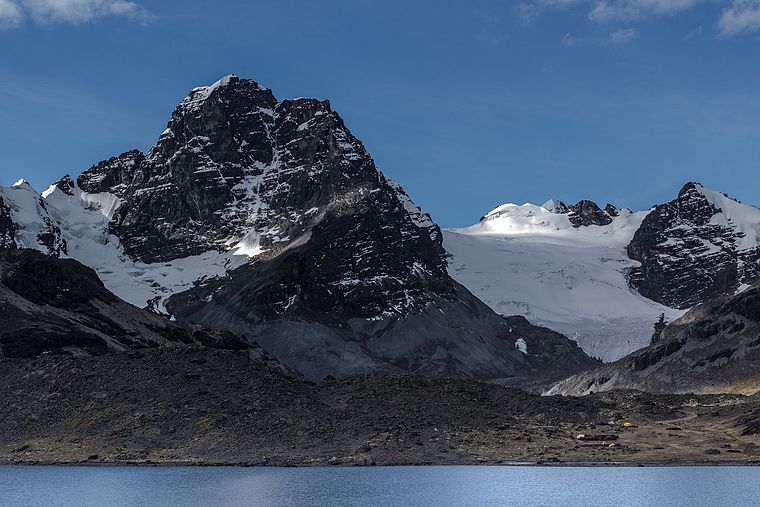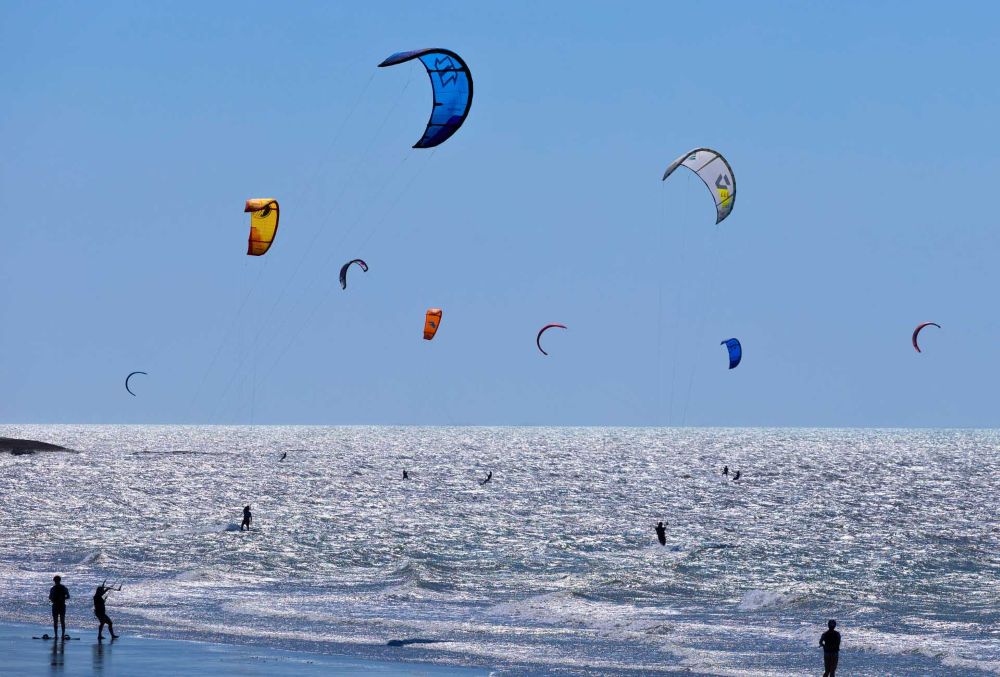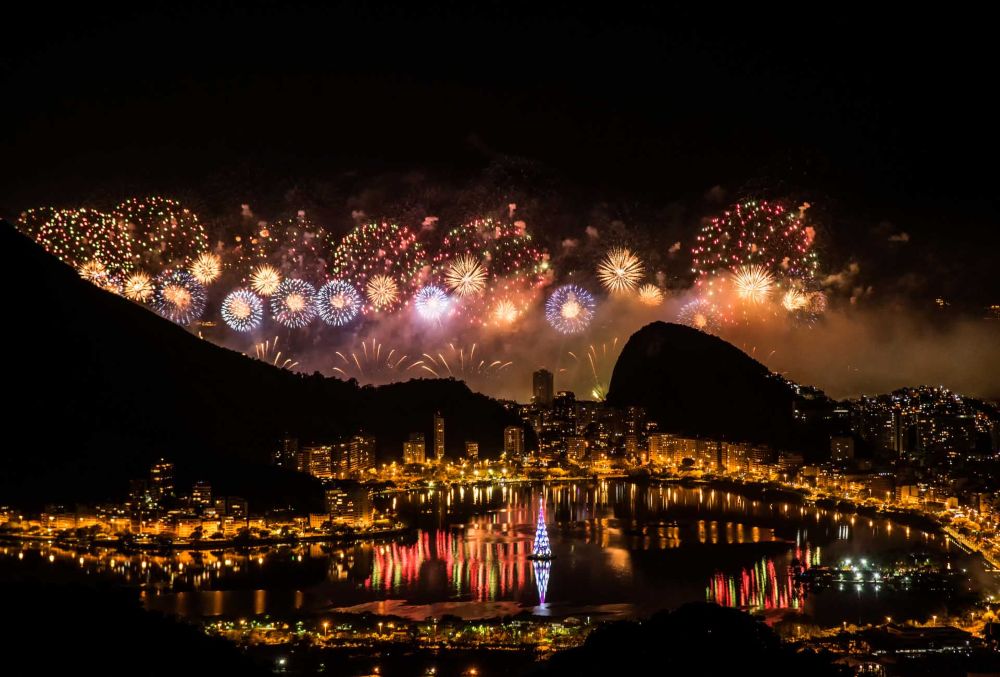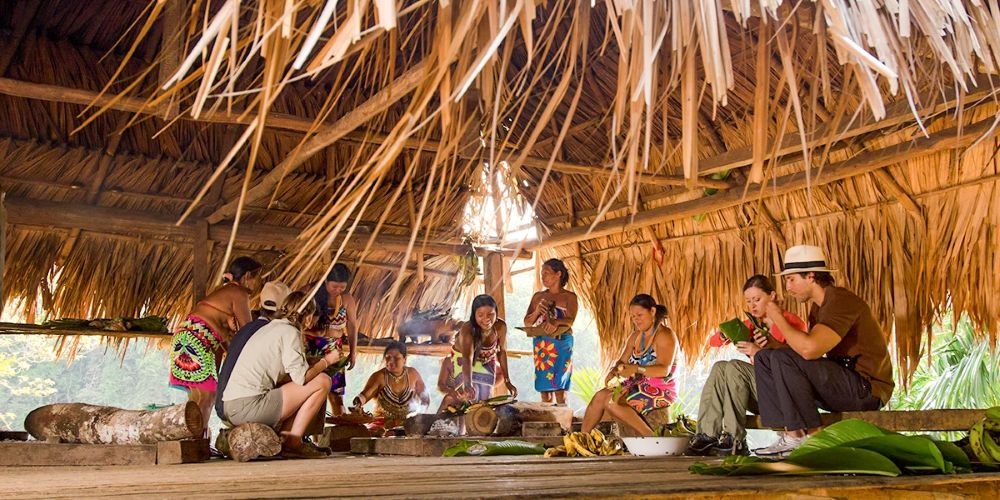Just 60 kilometers from La Paz lies one of Bolivia’s best-kept secrets: Ventanani Glacial Lagoon. At more than 5,000 meters above sea level in the Cordillera Real, this turquoise mirror, immersed in the absolute silence of untamed nature, offers an experience in one of the most fragile ecosystems in the face of climate change: a journey that transforms you.
A Unique Trek: Three Lagoons Linked by the Andean Peaks
The route begins in La Paz or El Alto, with a two-hour drive to the community of Tuni, a small Aymara village accustomed to life at altitude and the whims of the Andean climate. The trail winds through spectacular landscapes of wetlands, herds of llamas, and scenic viewpoints, revealing the immensity of the snow-capped peaks.
This circuit connects three lagoons formed by glacial meltwater:
● Jurikhota Lagoon: The first stop, famous for its elongated shape and deep blue waters, surrounded by the imposing mountains of the Condoriri massif. The setting is breathtaking, with hanging glaciers and an atmosphere of absolute serenity.
● Eslovenia Lagoon: Slightly higher, at around 4,900 meters, reached after crossing a mountain pass from Jurikhota. Lesser-known and rarely visited, it is a true hidden gem of the Cordillera Real, offering unique vistas and temporary waterfalls when the sun melts the accumulated snow on the peaks.
● Ventanani Lagoon: The final goal, at 5,080 meters, is an almost perfect mirror reflecting the Andean sky. Facing the lagoon is a glacier with ice caves, an ideal backdrop for photographs. At night, stalactites form and break off under the first rays of the sun.
Although the route can be completed in a single day, the trek takes six to eight hours round trip and requires good physical condition and proper acclimatization. The final 30 meters, on loose ground and a steep slope, test every traveler’s determination.
Communities at the Heart of Preservation
Most of the trails around the lagoon are managed by local communities, which monitor access and collect modest fees to maintain paths and control waste. This system provides direct income to populations that have historically protected these landscapes. In a context where high-altitude tourism grows each year, Ventanani has become a symbol of responsible tourism, respecting both the fragility of the ecosystem and the ancestral wisdom of its inhabitants.
Wildlife, Culture, and Andean Legends
While the lagoon is the main attraction, the trail offers unexpected encounters: Andean condors soaring above the peaks, vizcachas camouflaged among the rocks, and, with luck, high-altitude foxes. Local guides also share legends of sacred mountains and stories of rituals of gratitude to Pachamama (Mother Earth), still practiced by Aymara communities.
Practical Tips for Travelers
- Best time to visit: June to August, when skies are clear and trails less slippery.
- Gear: Thermal clothing, waterproof layers, trekking boots, walking poles.
- Health: Minimum of two days’ acclimatization in La Paz before the hike.
- Guide recommended: For safety and to enrich the cultural experience.
Our article: La Paz in 10 Experiences: Culture, Altitude, and Magic in Bolivia
Ventanani is a meeting with the mountains and with ourselves. Up there, every breath reminds us of our vulnerability—and of the glaciers’ fragility, melting a little more each year. Traveling here means accepting a responsibility: to protect what we come to admire. Because tomorrow, this jewel might exist only as a memory etched in vanished ice.
Photo: Hernan Payrumani







